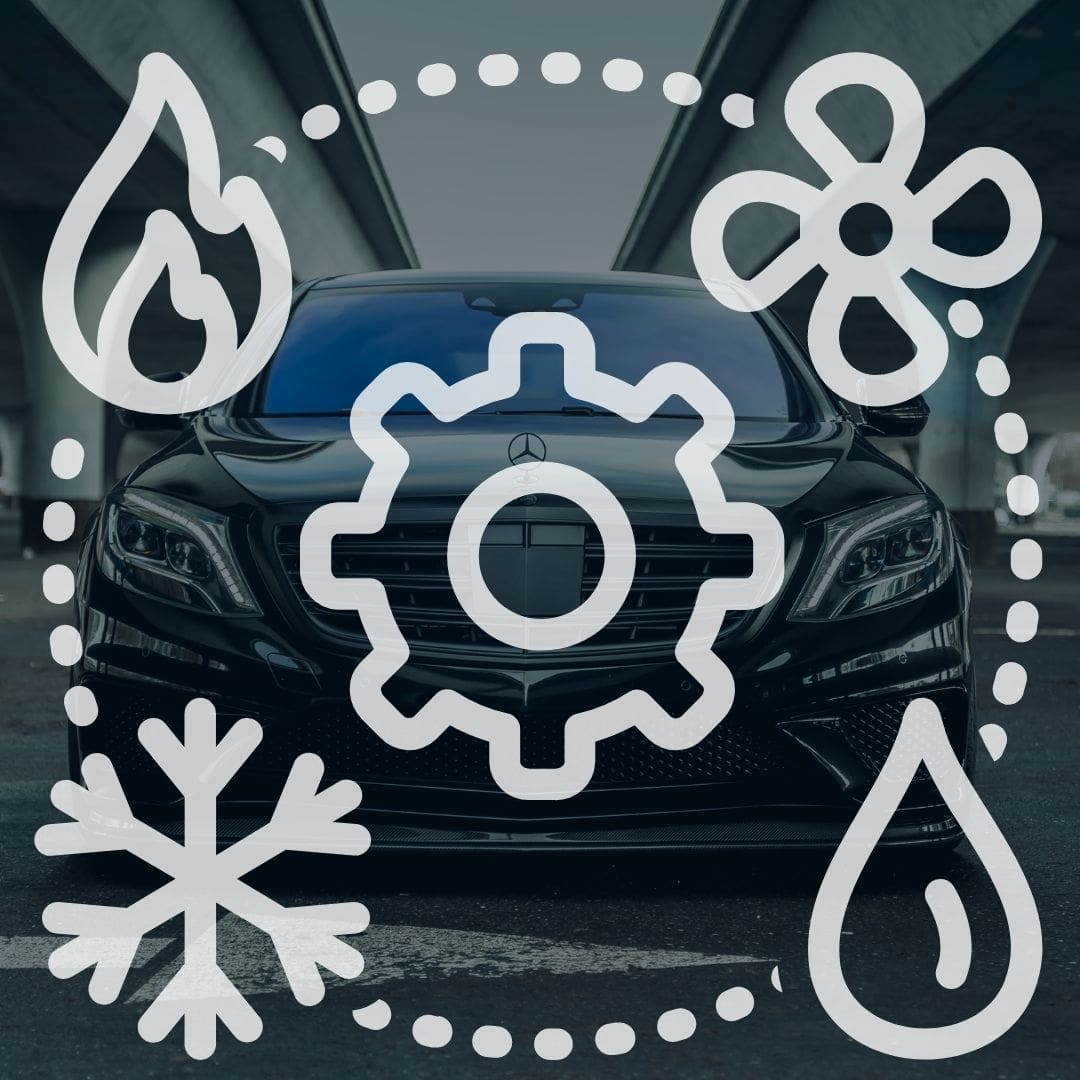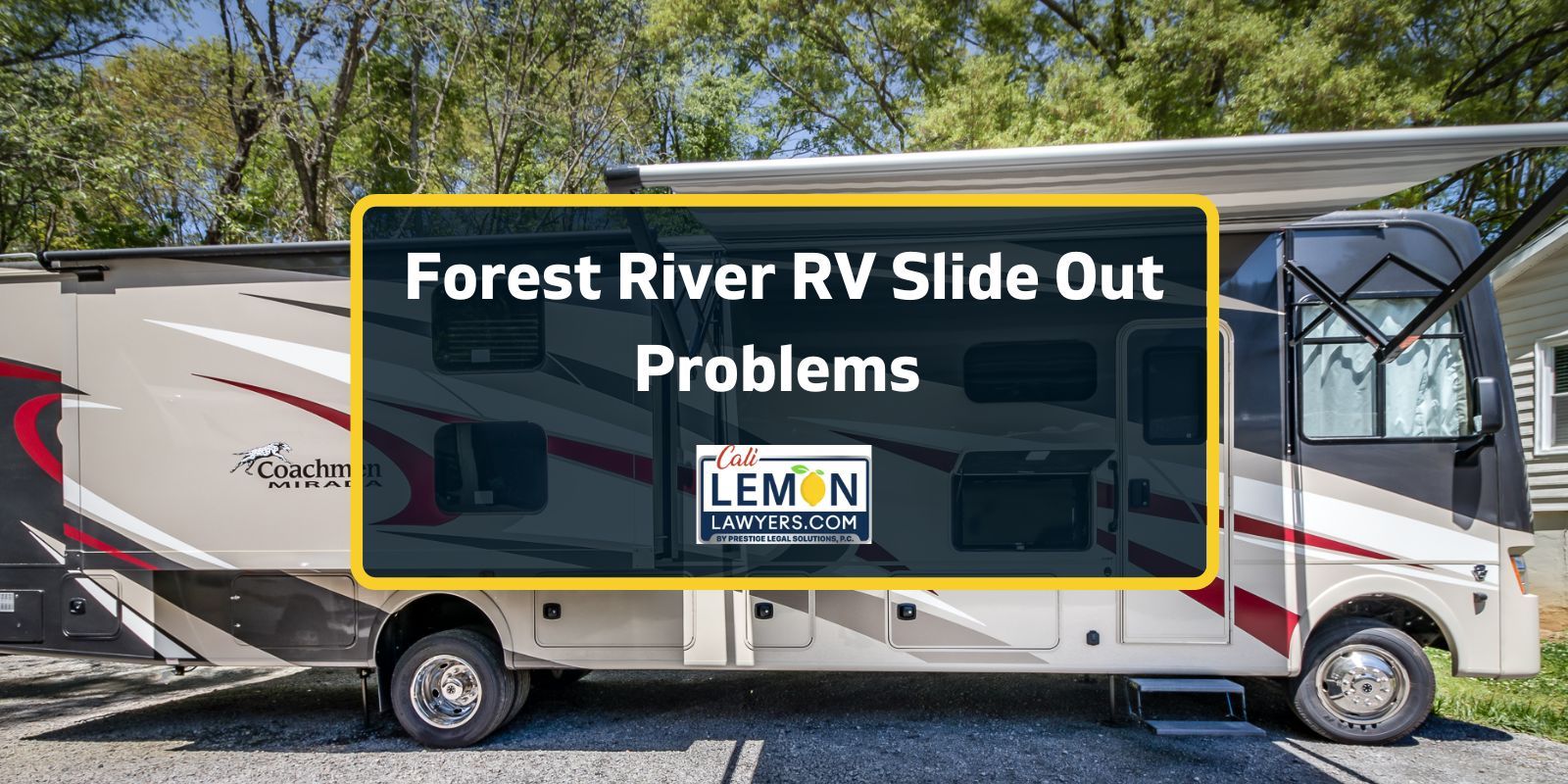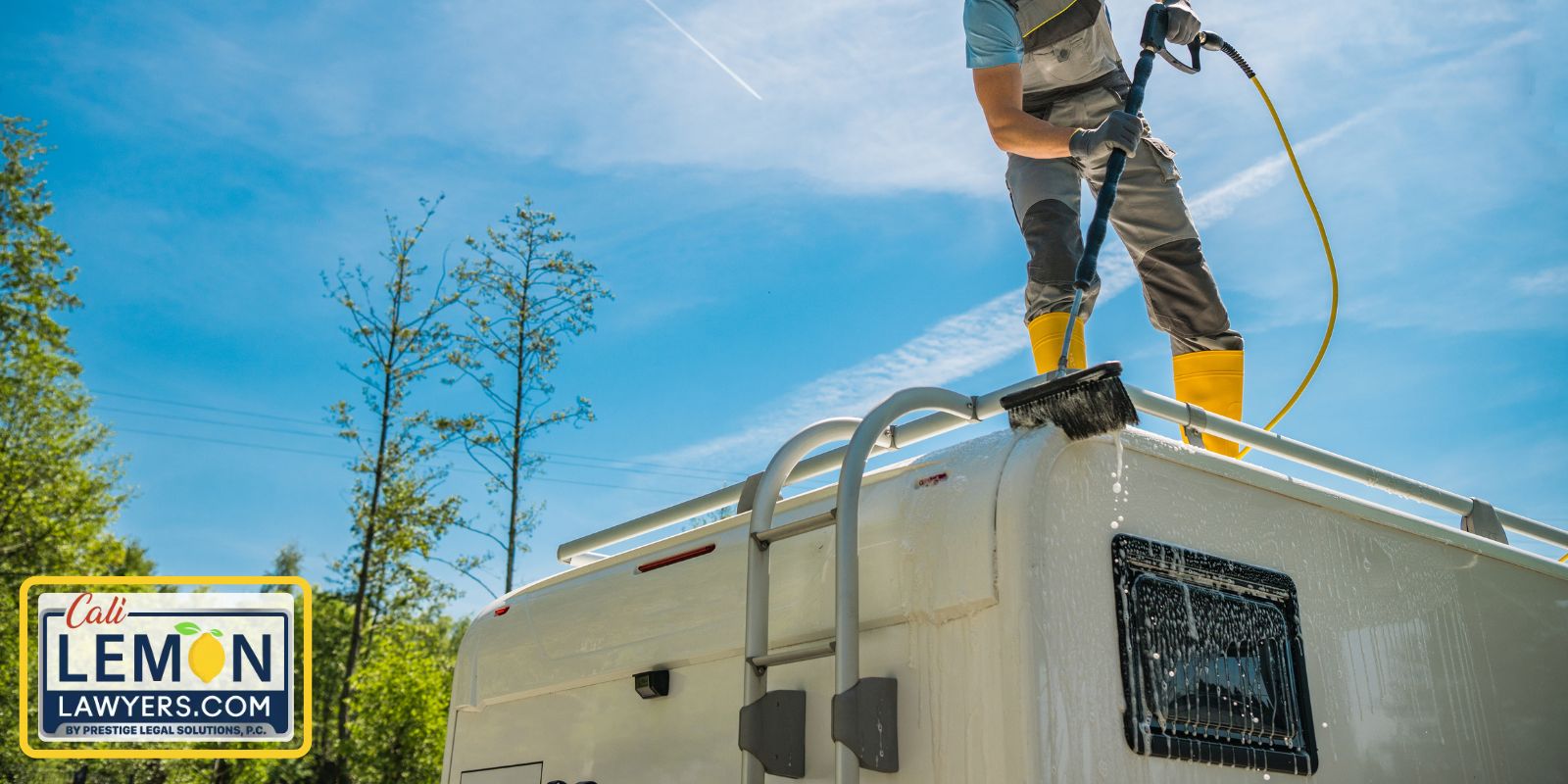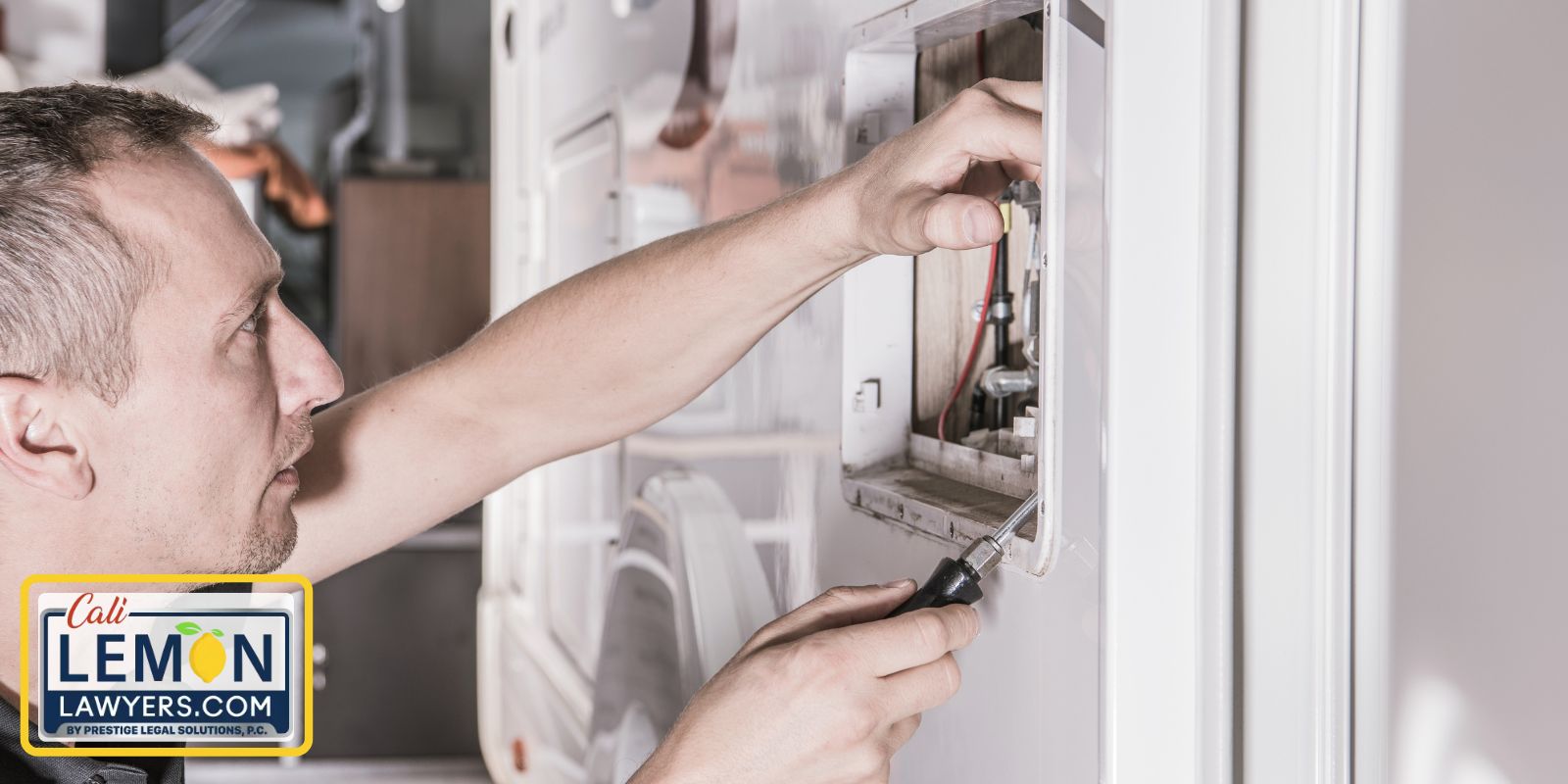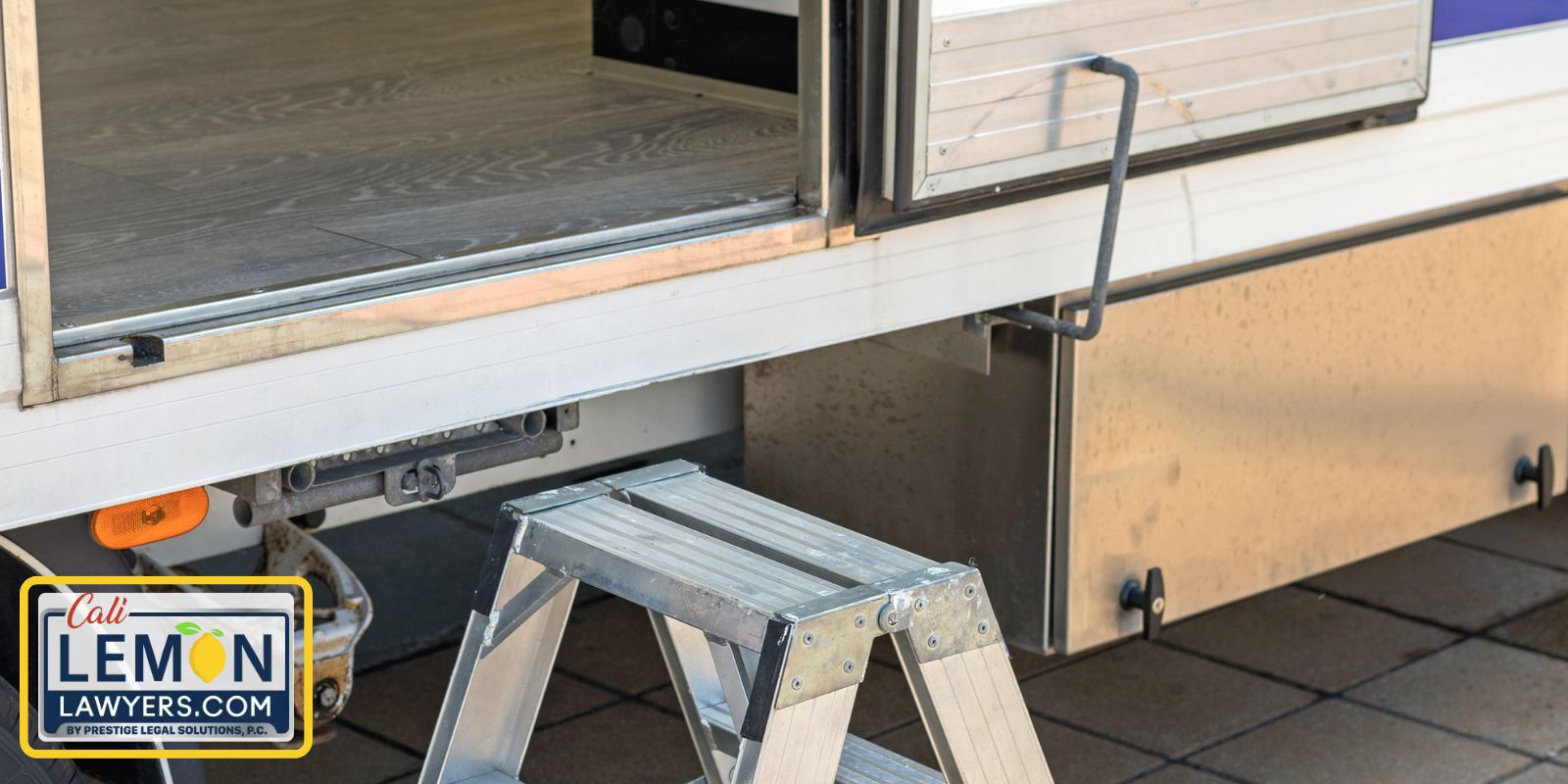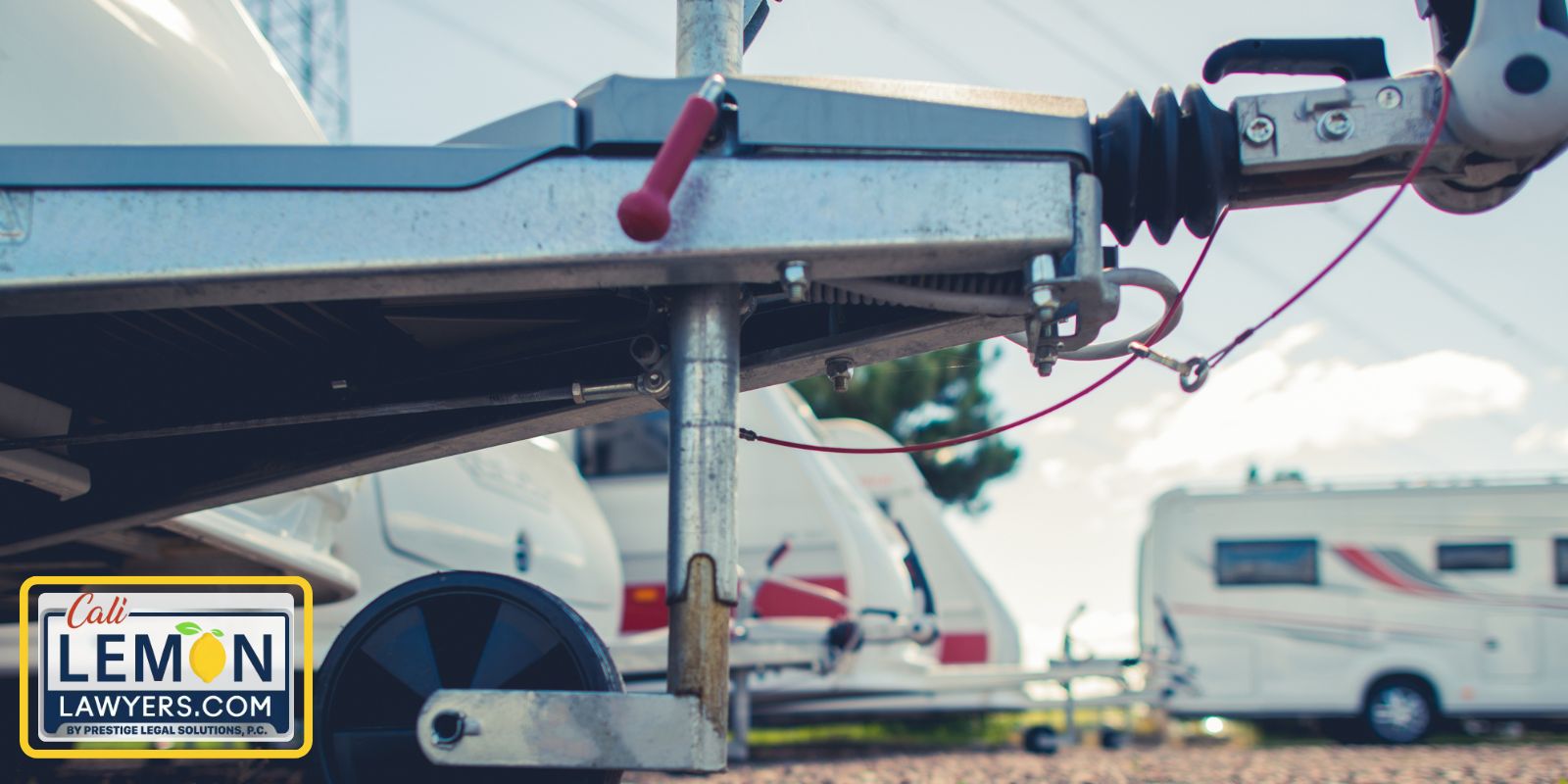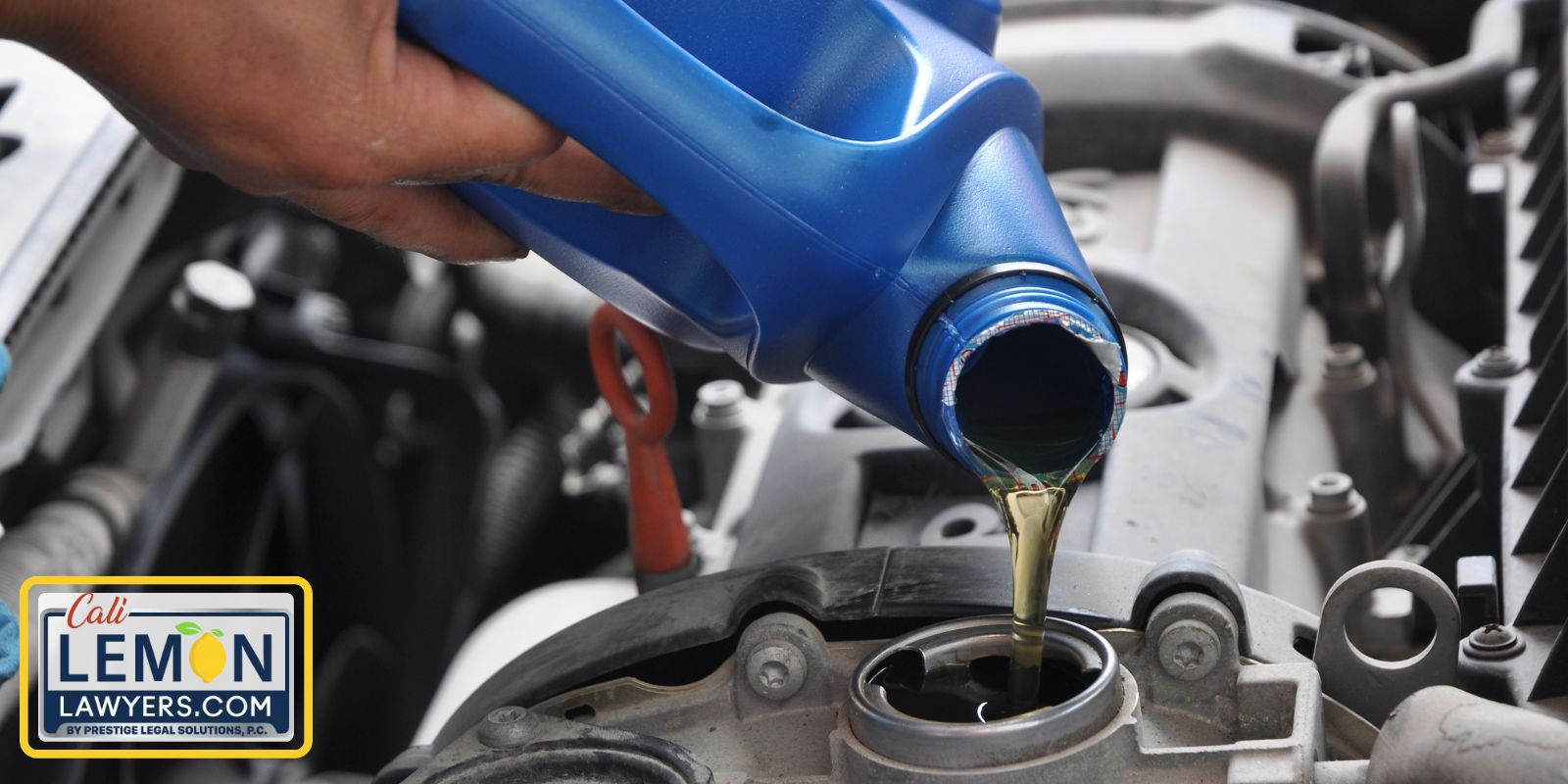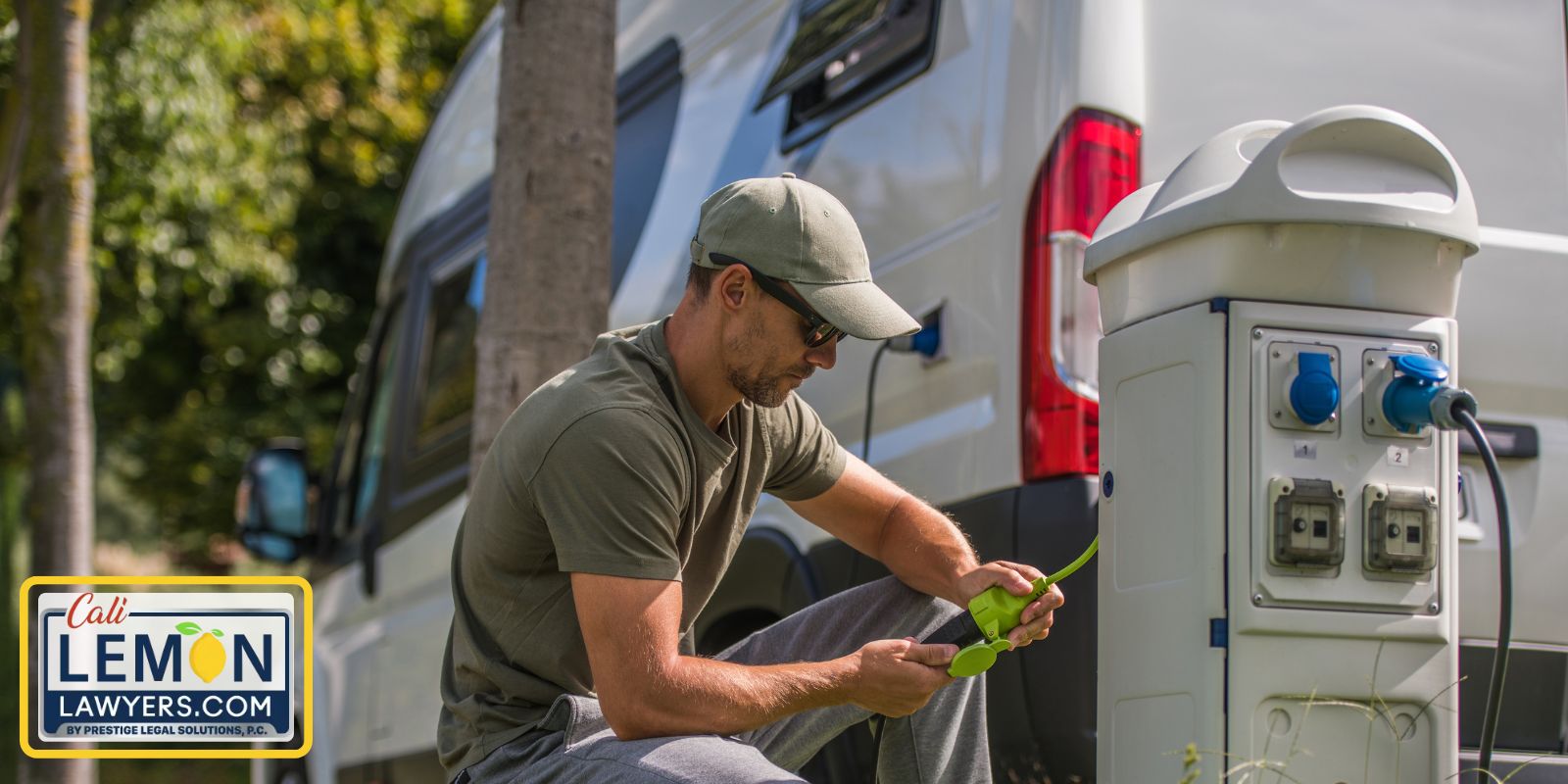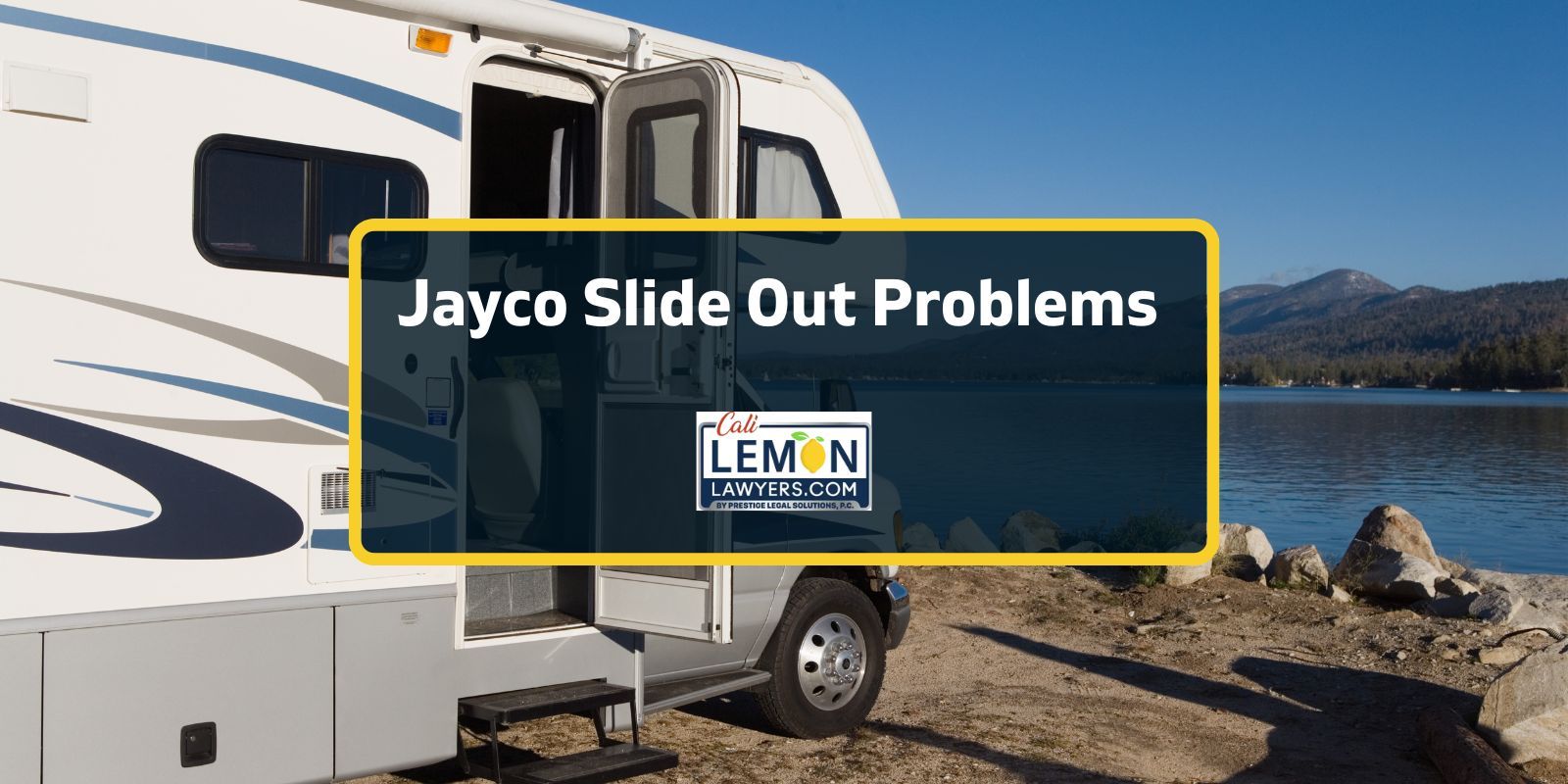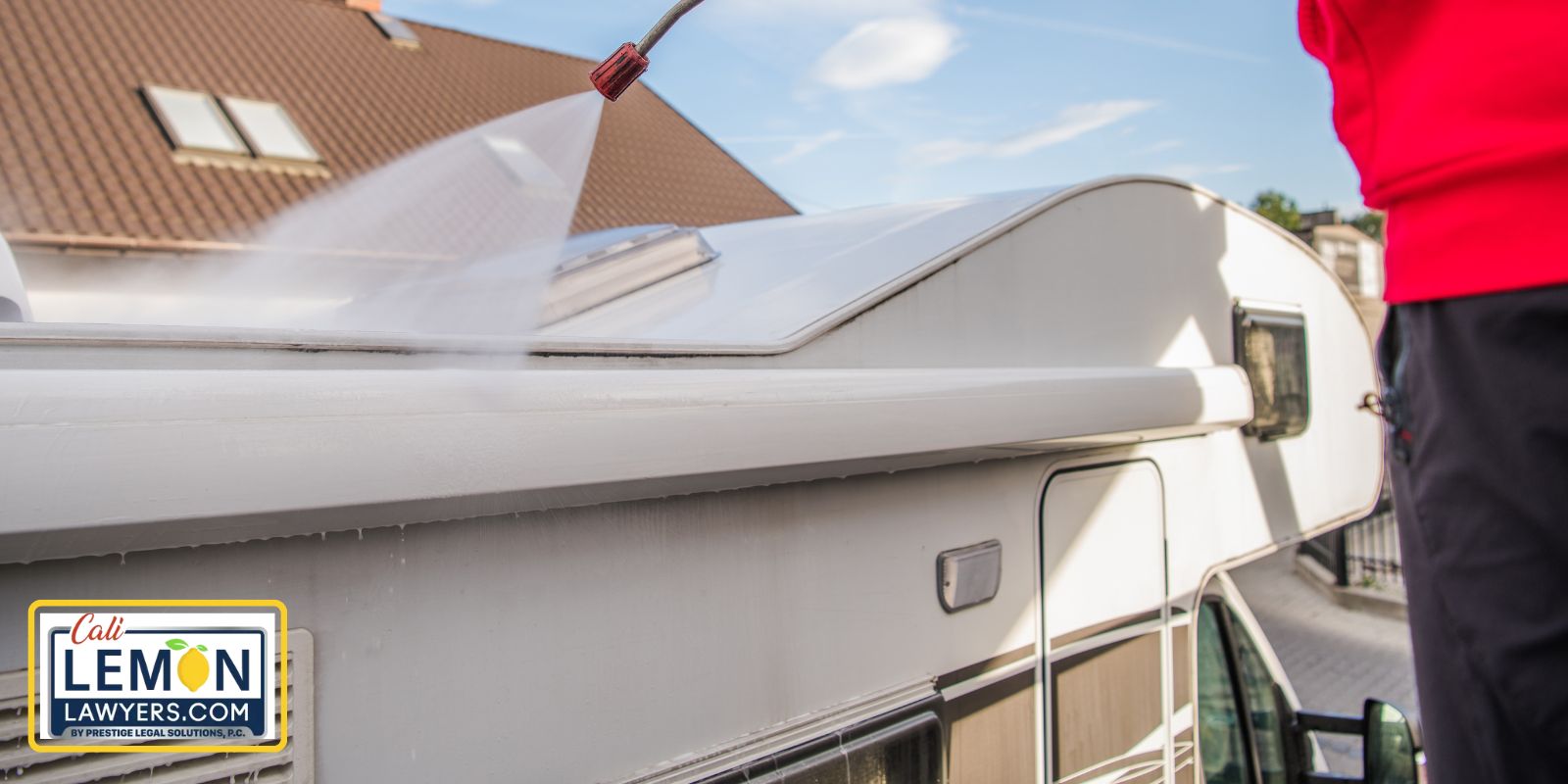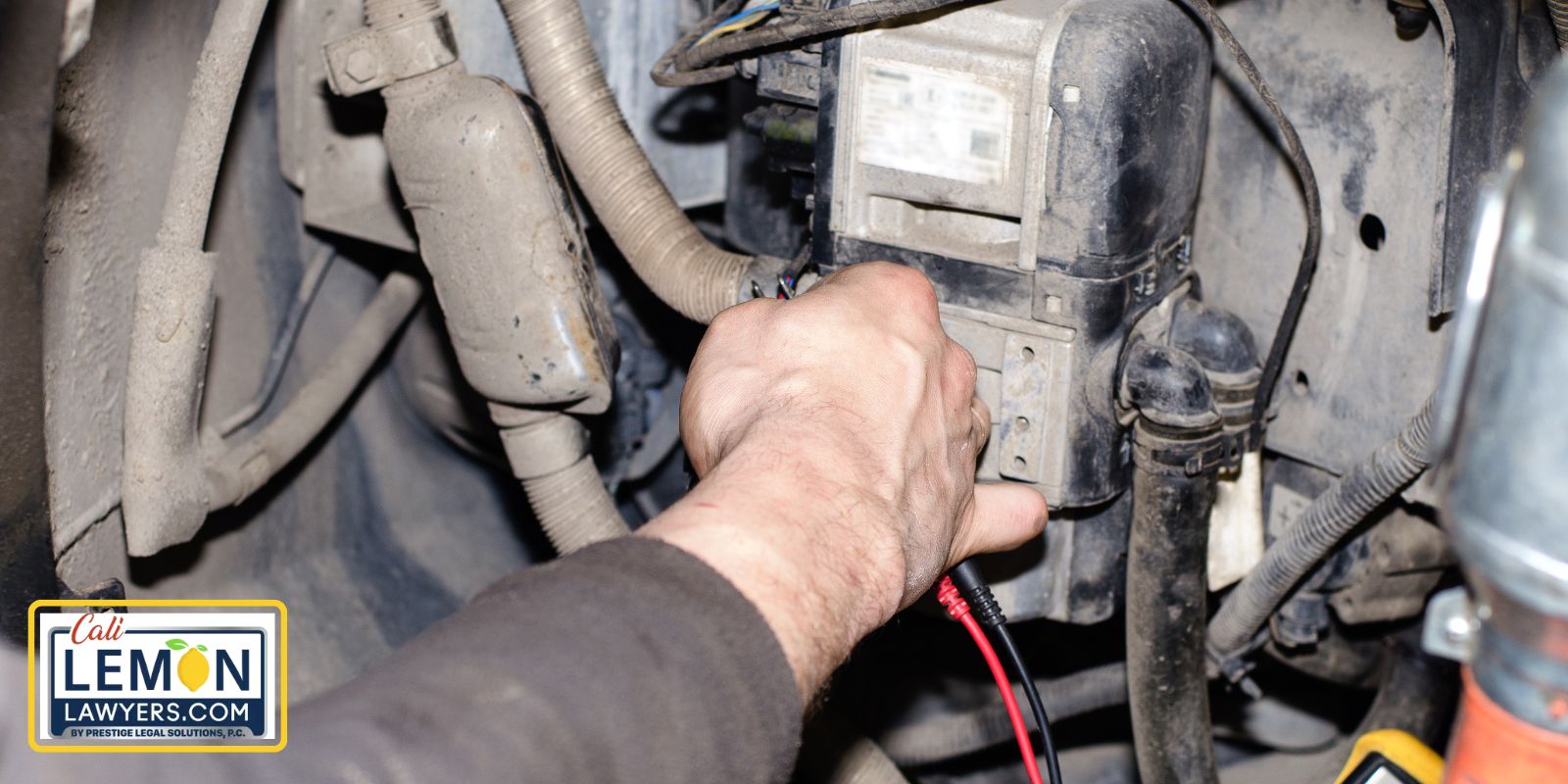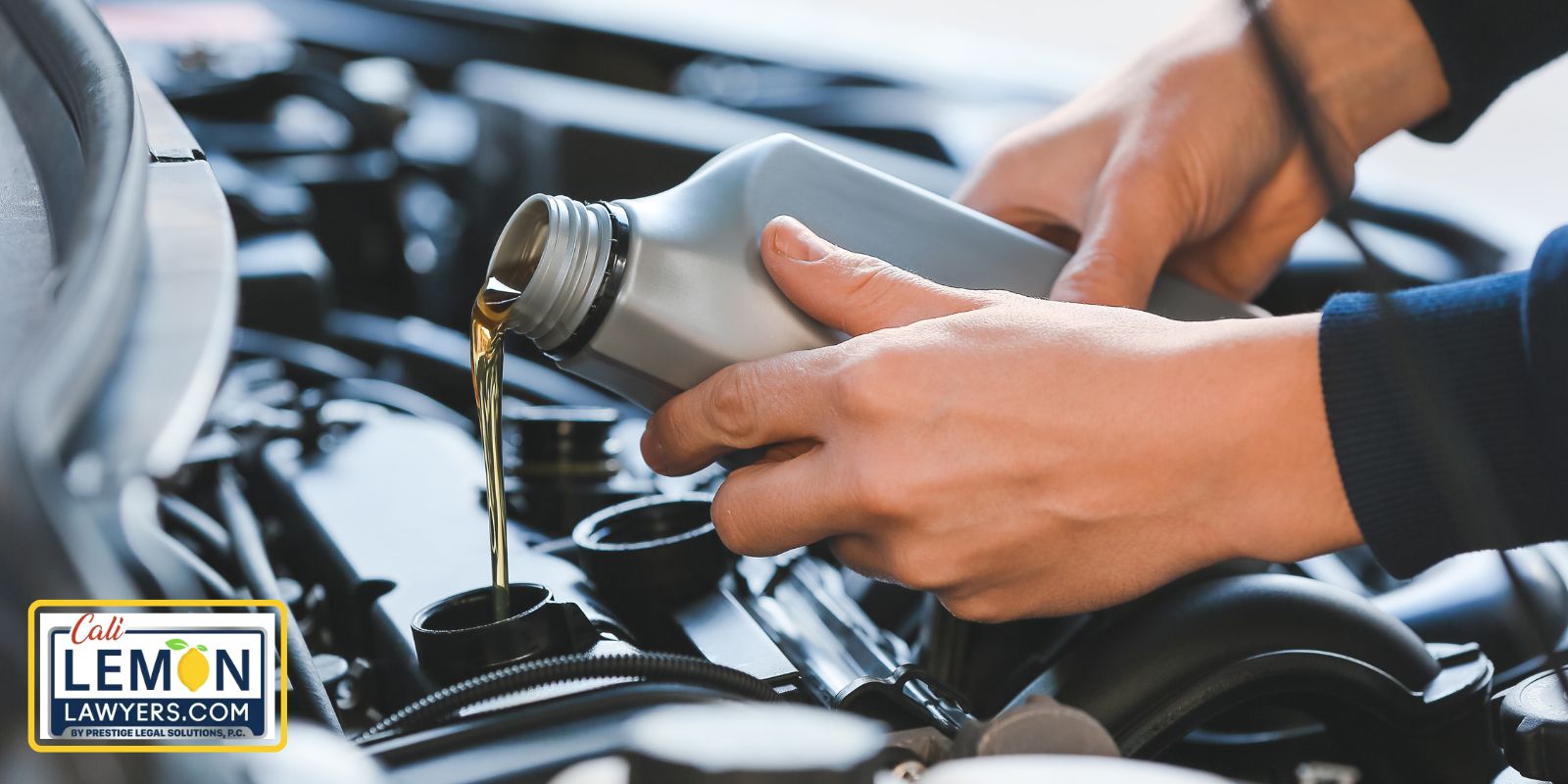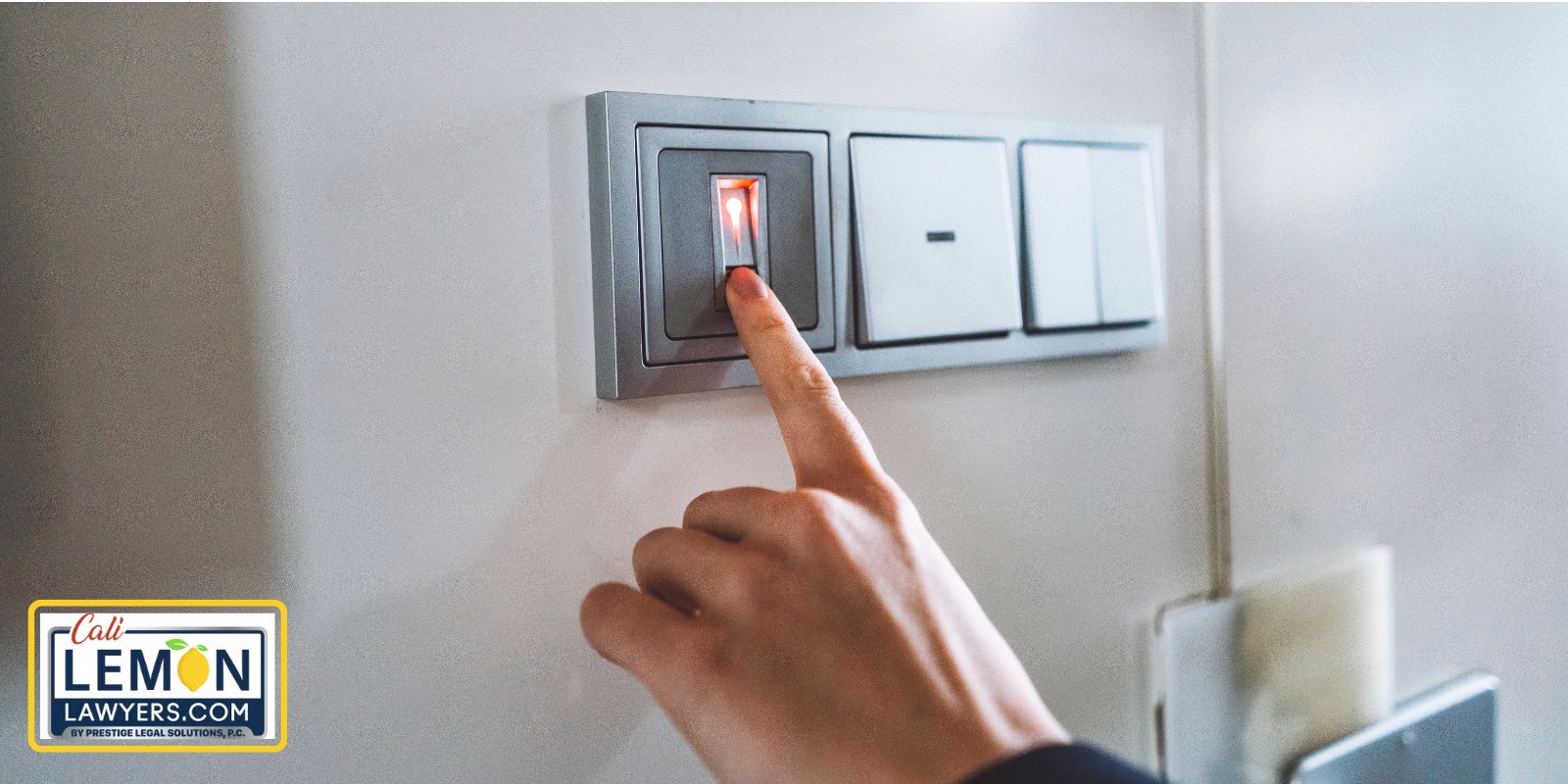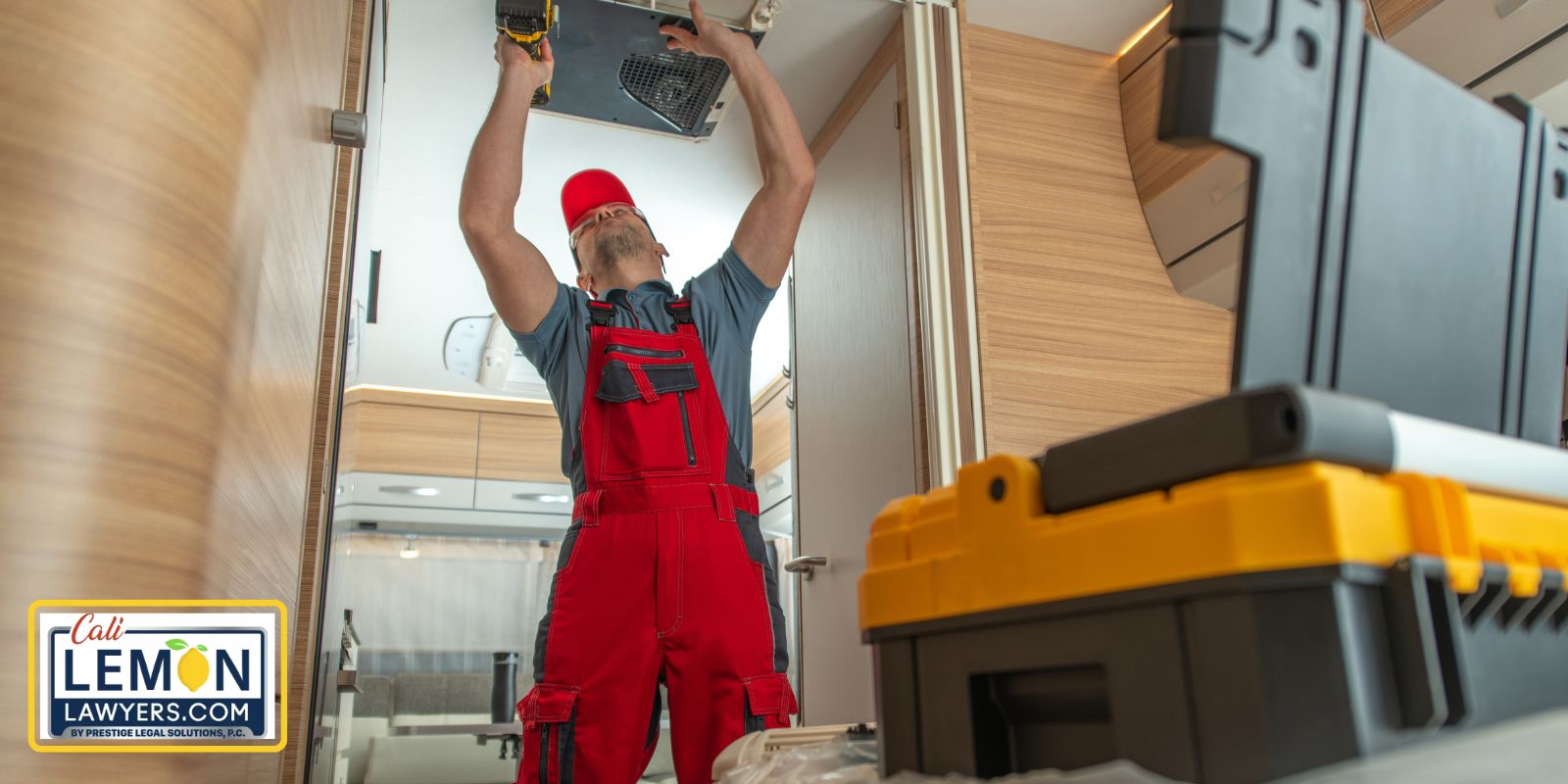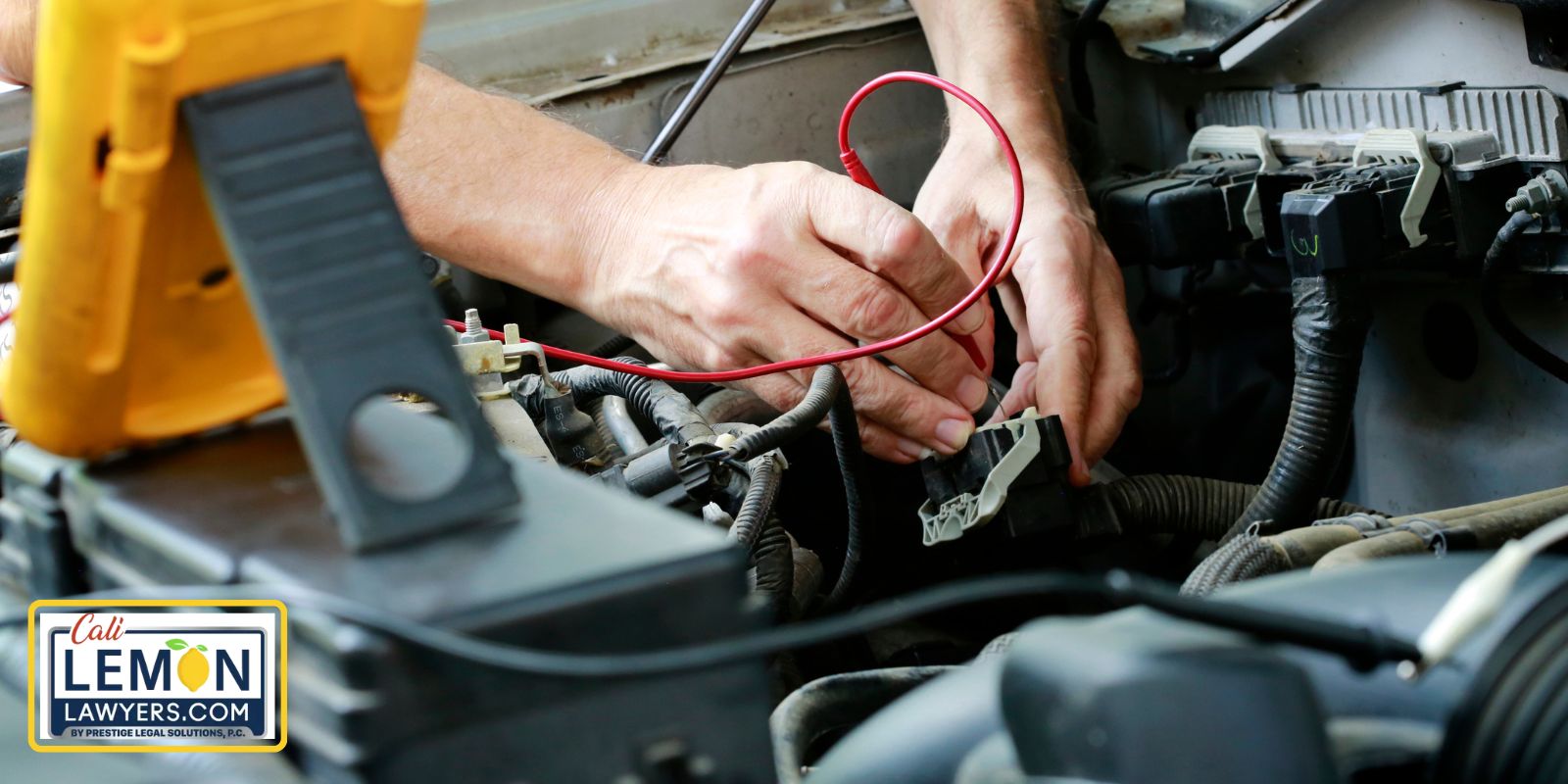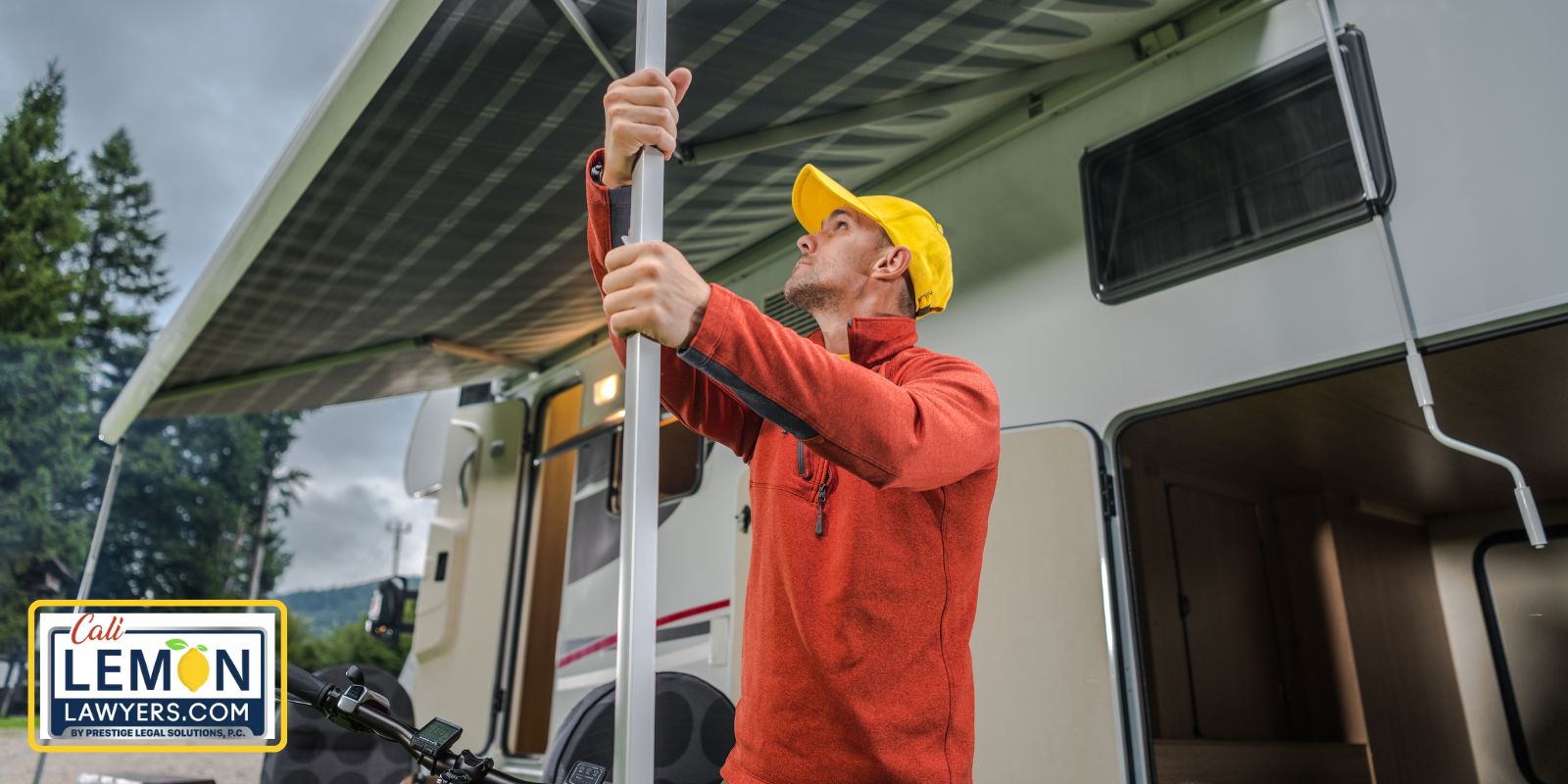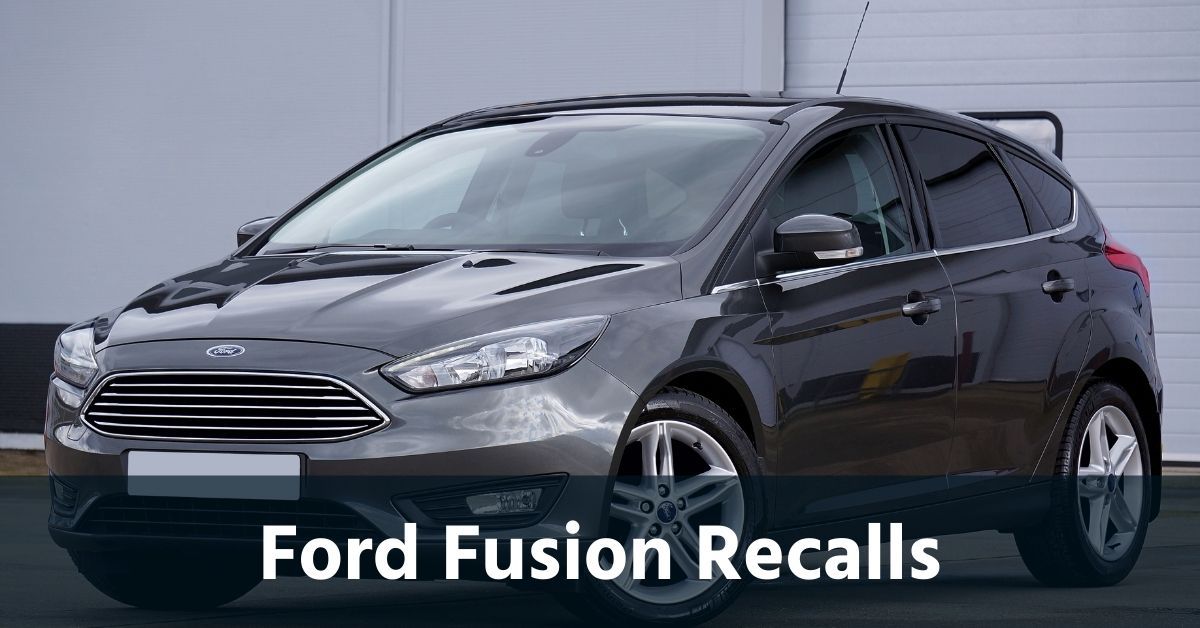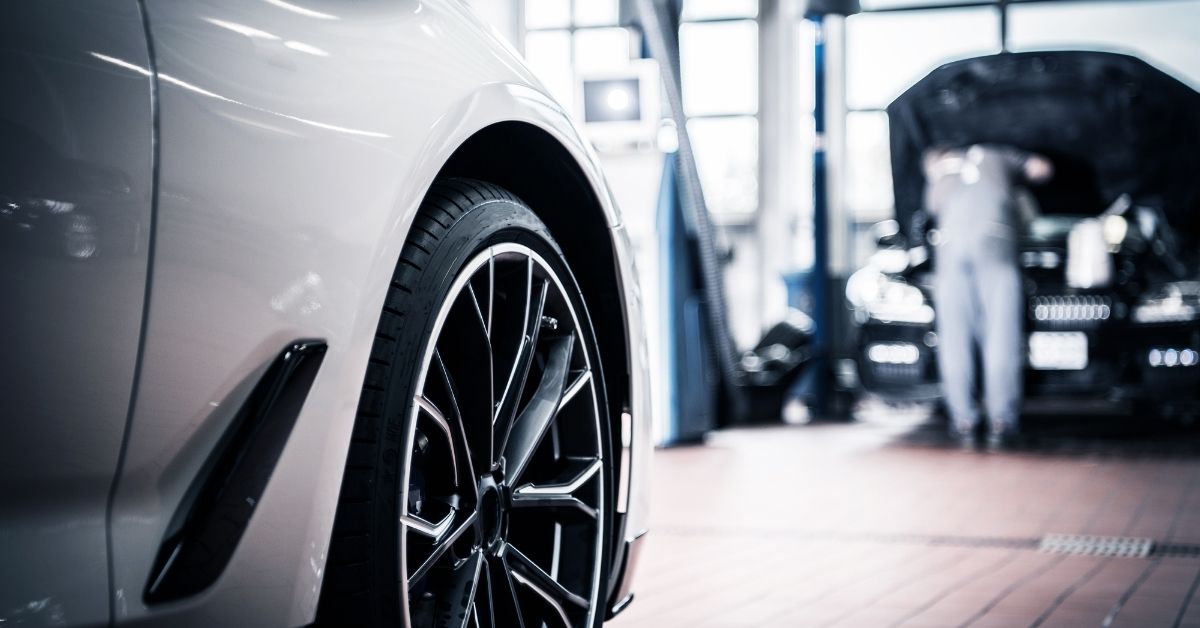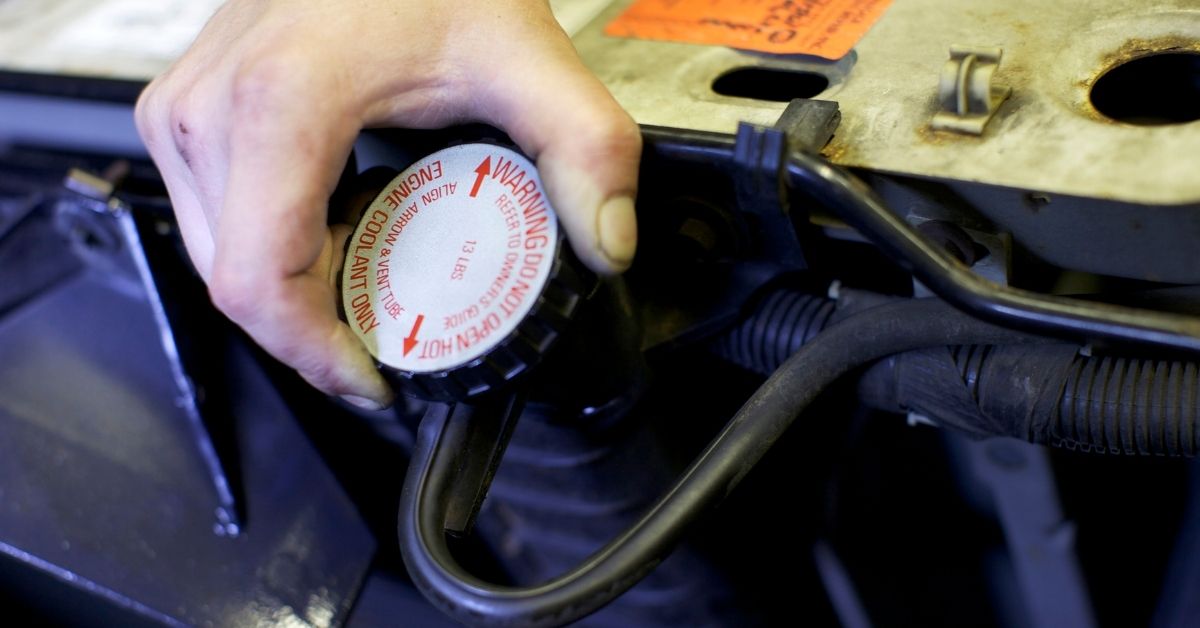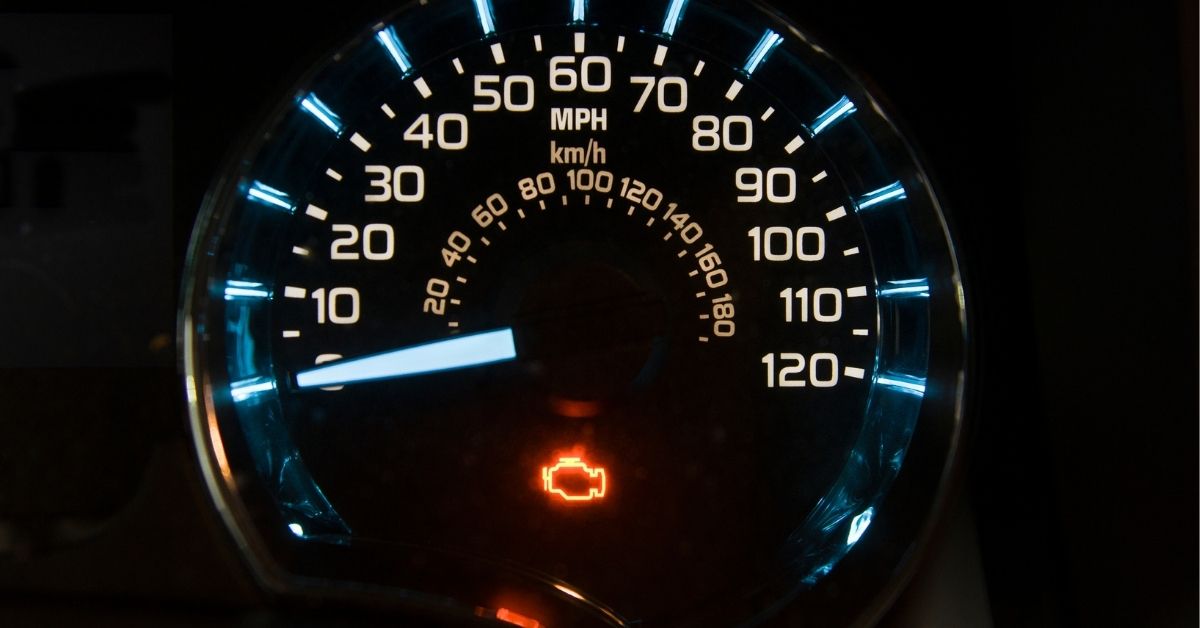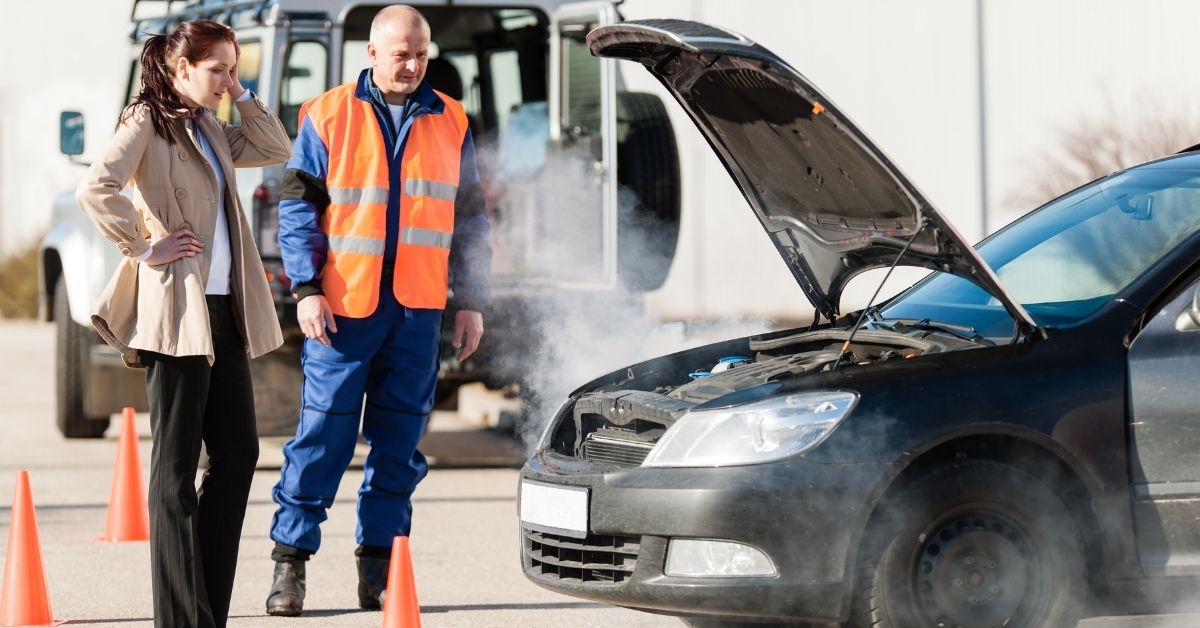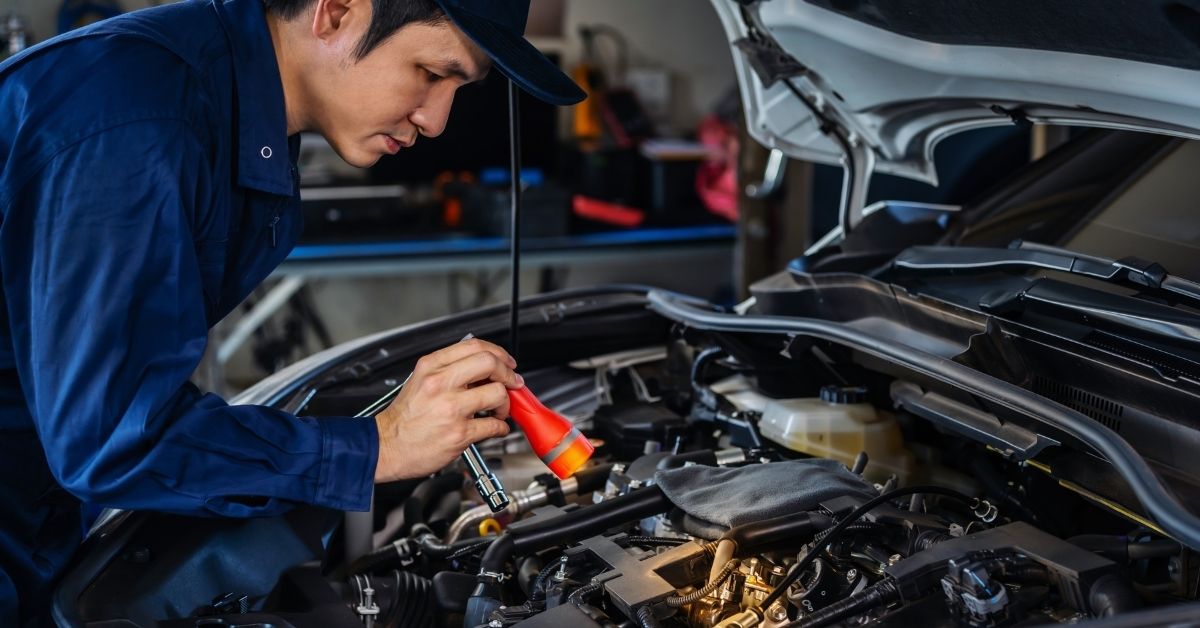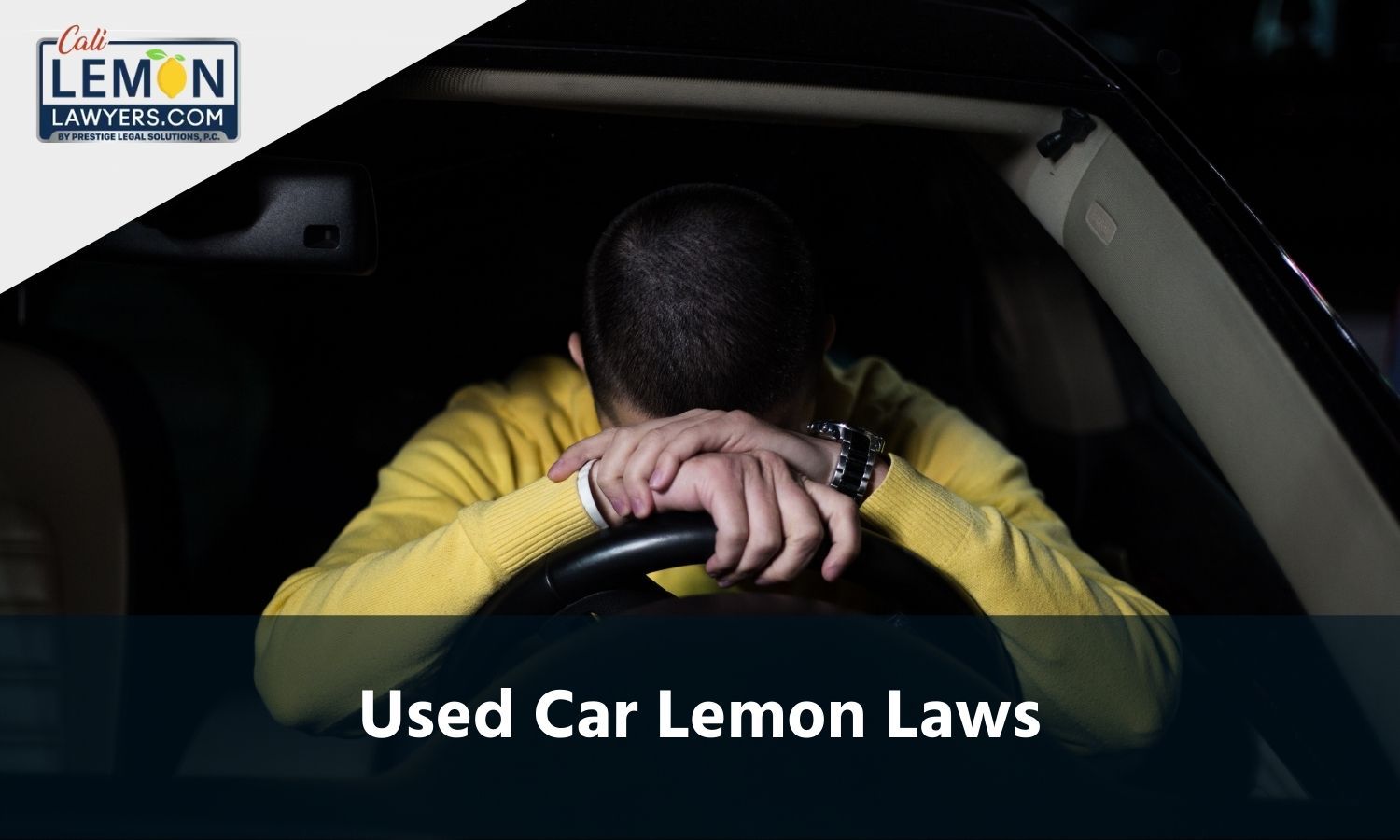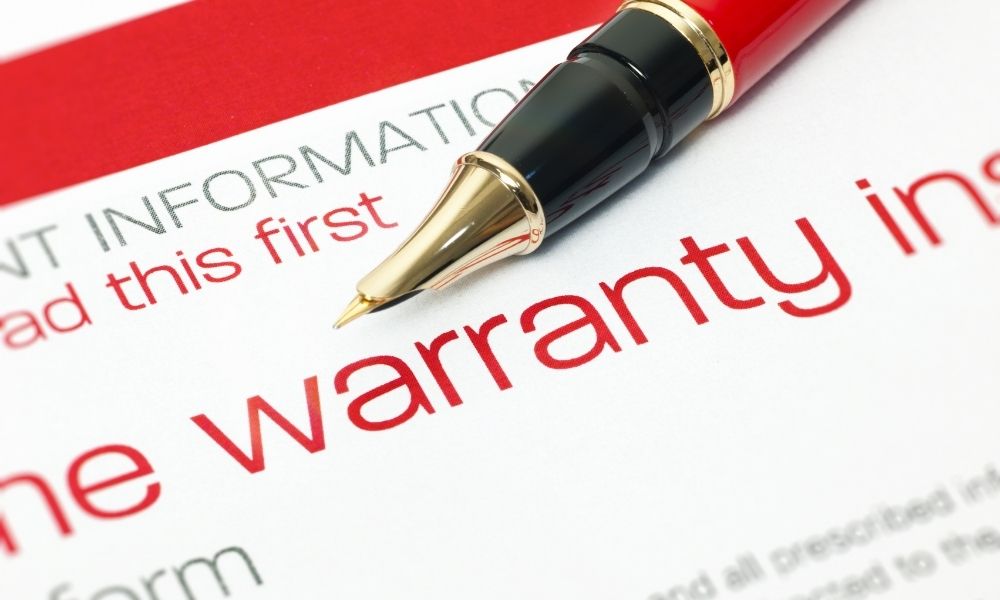Mercedes Air Conditioning Recall & Settlement Information
Recalls due to safety concerns are certainly a red-hot issue within the automobile industry. News channels never fail to have a handful of raging headlines over faulty tech and bad car parts, making it necessary for the automobile giants to do recalls. In fact, according to a report by the National Highway Traffic Safety Association (NHTSA), the automobile industry did more than 15 million recalls among the cars that it had sold (22 million). Mercedes air conditioning problems are just one of many of these recalls.
When you buy a Mercedes-Benz, you expect a high-end vehicle for the premium price you spend. You don’t expect to deal with mechanical malfunctions and safety concerns. Yet, the Mercedes Benz C Class made it to the top of the most recalled SUVs in the USA during the time period 2013-2017. Sadly, these statistics haven’t improved much over the years, with the 2020 Mercedes-Benz GLC boasting of nearly twenty recalls.
Out of the 15 automobiles surveyed, iSeeCars.com found that Mercedes had discovered HVAC problems in its cars, with 2.1 million recalled vehicles among the 5.2 million sold, a whopping 0.41 recall rate because of HVAC problems alone!
Overview of Mercedes Air Conditioning Problems
HVAC stands for heating, ventilating and air-conditioning – a state-of-the-art, industrial technology meant for indoors and vehicular comfort. Although for years, automobiles had incorporated the HVAC systems for complete cooling and heating functionalities of their cars, the problem arose in the Mercedes Benz C-class’s HVAC systems when mold started growing, causing bad odors and mildews.
A Mercedes consumer facing HVAC problem recalled the experience as:
“a pungent, mildew, sweaty, moldy, sweat sock smell.”
Another unfortunate Mercedes car consumer took to Reddit to share their problems related to the HVAC systems in their car:
“Mercedes won’t fix the musty smell from HVAC. On the 8th month of ownership, I started smelling a musty moldy smell through the AC vents. This gets aggravated and can be prominently smelled during the first 30 seconds of start.”
Mercedes Air Conditioning Recall
The German automobile manufacturer initially ignored any statements made by the consumers complaining about the HVAC systems claiming that it had nothing to do with faulty assembly of the cars. However, Mercedes agreed to do recalls and provide repairs based on any wrongdoings on its behalf.
In response to an NHTSA inquiry related to the recalls, a Mercedes spokeswoman said
“Obviously, the safety of our customers is our highest priority. We make every effort to ensure our recall campaigns and customer notifications are executed in a timely manner. We will work closely with NHTSA on this audit query to address any concerns it has.”
You may be entitled to getting a refund or replacement car for a lemon Mercedes. Find out all of your options for a potential settlement by speaking with an experienced lemon law attorney today.
Mercedes HVAC Settlement
All of the complaints helped consumers get everything they deserved. The recalls were followed by a class action lawsuit against the automobile giant.
The final verdict was provided on September 11, 2020, with a Mercedes class action lawsuit settlement granted by the Court to resolve the problem. Mercedes agreed to provide two benefits to Class consumers with problems related to the HVAC in their car systems. The settlement includes the following two benefits:
- Cash reimbursement for all the costs related to the repairs associated with the HVAC problems in their Mercedes cars, such as mildew, mold or odors emanating from their ventilation systems – the reimbursement will also involve a payback for costs related to the repairs made on the evaporator and replacing the filters;
- Since the settlement is not capped, Mercedes is also liable to pay for any costs made in the future due to any of the reasons mentioned in point (1);
In addition to the current and future reimbursements, the Court settlement resolved issues for past repairs made before May 11, 2020, which were to be made no later than July 25, 2020, through an Online reimbursement form. Fortunately, for any repairs on Mercedes HVAC systems made during the time period between May 11, 2020, and December 07, 2020, consumers could have filed a claim for reimbursement using the same online reimbursement form. However, the date to file these forms has passed, so consumers can no longer use this tool.
Since the Mercedes recalls due to HVAC involved various other models than the Mercedes Benz C-Class, such as the 2008-2019 C-Class, 2015-2019 GLA Class, etc, the class action lawsuit settlement covers all the cars as mentioned (in order of model years):
- Mercedes C – Class (model years 2008-2019)
- GLA – Class (model years 2015-2019)
- GLE – Class (model years 2016-2019)
- GLS – Class (model years 2017-2019)
- GLC – Class (model years 2016-2019)
- CLS – Class (model years 2012-2017)
- GL – Class (model years 2013-2016)
- M – Class (model years 2012-2015)
- GLK – Class (model years 2010-2015)
If you are a Mercedes Class consumer of any of the above mentioned vehicles, you’re automatically subject to an additional ten-year birthday of your Mercedes car with any reimbursement due to the HVAC problems automatically applicable to deal with in the future. However, the online form is no longer available to file for reimbursement.
New Mercedes Cars Experiencing Air Conditioning Problems
While the above Mercedes-Benz vehicles are the only ones involved in this class-action lawsuit, there are plenty more experiencing problems. They may not yet be involved in air conditioning recalls, but RepairPal still lists plenty of malfunctions.
In fact, some of the models that may still be exhibiting problems include the following:
- 2020-2022 Mercedes-Benz C-Class
- 2020-2022 Mercedes-Benz E-Class
- 2020-2022 Mercedes-Benz GLA
- 2020-2022 Mercedes-Benz GLC
- 2020-2022 Mercedes-Benz GLE
- 2020-2022 Mercedes-Benz S-Class
- 2020-2022 Mercedes-Benz Sprinter Vans
Here’s one example of a complaint listed with the NHTSA for the 2021 Mercedes-Benz GLC.
“My 2021 GLC300 Mercedes is experiencing [the] exact same issues as described in the Mercedes HVAC Class Action Settlement even though the settlement only covers vehicle models up to 2019. I have been a loyal Mercedes customer for over 20 years and took in the vehicle 4 times to address the bad HVAC odor that occurs 3 to 4 times a day when I turn on the HVAC. It has a moldy, mildew-y, or similar odor emanating from the vehicle’s HVAC system. The dealership admitted they did smell the odor but there is nothing they can do to address it after they changed the air filters and cleaned the evaporator coil. I then escalated to MBUSA Escalation team to request a full refund or replacement based on the Arizona Lemon Law statute and they were of no assistance and completely denied my request stating that the vehicle is working as intended…Based on my observation this is still happening in Mercedes vehicle models 2020 and newer.”
It’s also possible to have Mercedes air conditioning problems outside of these models, as seen above. There may just not be enough reports yet for it to register nationwide. That’s why it’s important for Mercedes-Benz owners to continue documenting the problem and making the grievances known.
4 Most Common Car Air Conditioning System Problems
Aside from the major Mercedes-Benz air conditioner malfunction, there are other common issues that occur. If you notice any of these symptoms, it might be time to have the Mercedes-Benz air conditioning system checked.
1. No Cold Air From Vents
If the system isn’t blowing cold air, there’s probably a refrigerant leak. The refrigerant is what cools the air in the AC system, ensuring it refreshes you on a warm, summer day. If all you are getting is warm air, the system needs to be charged and the leak needs to be repaired.
2. Lack of Air Flow From Vents
If you aren’t getting any air from the vents, the problem could be a mechanical malfunction. It’s possible one of the following parts has failed:
- blower motor
- blower resistor
- relay
- belt
- hose
- blown fuse
There’s also the chance that the air intake has become blocked, keeping the air from circulating.
3. Mildew Smell From Air Conditioner
If you don’t run the climate control system often, it can start to smell like mildew. Additionally, if the cabin air filter gets old and contaminated, the musty smell can permeate the cabin of the car. It’s important to keep the air conditioner working regularly and to change the cabin air filter as part of your regular car maintenance.
4. Air Conditioner is Making Noise
Whether the AC is only blowing hot air or you are able to get cool air from it, any noise is a sign of trouble. It indicates that a valuable part has failed or is malfunctioning. While there could be something trapped in the system, you are probably looking at something more serious. It’s best to have a professional mechanic look at your luxury vehicle because they have the training and the right tools. Whether you are dealing with an AC compressor malfunction or the failure of a cooling fan control unit, the technician can get to the bottom of it quickly.
How to File for a Mercedes Class Reimbursement Due to HVAC Problem?
If you are the owner of any of the above Mercedes Class models, you can no longer use the online reimbursement claim to get Mercedes to pay for any repairs. Depending on the type of problem, you may need to visit a local dealer for the HVAC repairs or reach out to Mercedes-Benz support.
In addition, support depends on the age and mileage of the vehicles. Look up a 17-digit VIN here to check if your vehicle was part of the settlement.
If you are a Mercedes owner with the same unfortunate problem of HVAC as mentioned above, you can no longer file a reimbursement claim online. If you are unsure of how to proceed, you can consult our Mercedes lemon law attorneys to help you navigate through the whole process until the end.


